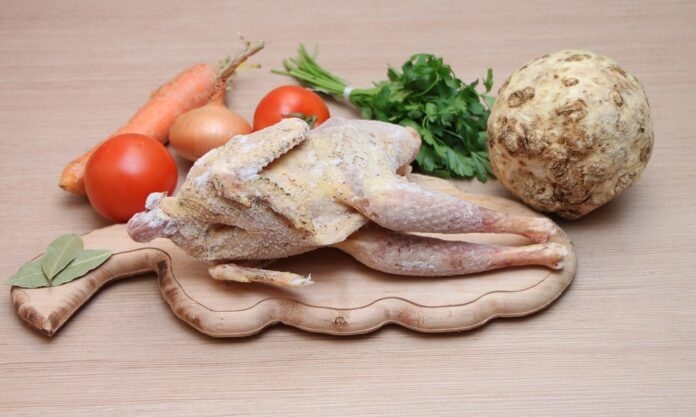Introduction
Consumer trends in buying bulk and value pack frozen meats have been on the rise in recent years. As more people look for convenience, cost savings, and longer shelf life, purchasing frozen meats in larger quantities has become a popular choice. This report will delve into the reasons behind this trend, the companies leading the market, and the financial implications of this shift in consumer behavior.
Market Overview
The global frozen meat market has been steadily growing, with a CAGR of 4.5% from 2021 to 2026. This growth can be attributed to the increasing demand for convenience foods, busy lifestyles, and the rise of e-commerce platforms making it easier for consumers to purchase frozen meats in bulk.
Reasons for Buying Bulk Frozen Meats
There are several reasons why consumers are opting to buy frozen meats in bulk. One of the main reasons is cost savings. Buying in larger quantities often results in lower prices per unit, making it a more economical choice for households looking to stretch their food budget.
Another reason is convenience. Having a stockpile of frozen meats on hand means less frequent trips to the grocery store, saving time and effort. Additionally, frozen meats have a longer shelf life compared to fresh meats, reducing food waste and ensuring that consumers always have a protein source available.
Leading Companies in the Market
Some of the leading companies in the frozen meat market include Tyson Foods, Cargill, JBS, and Marfrig. These companies offer a wide range of frozen meat products in bulk and value pack options to cater to the growing demand from consumers.
Financial Implications
The shift towards buying bulk and value pack frozen meats has had significant financial implications for both consumers and companies in the industry. Consumers are able to save money by purchasing in bulk, while companies benefit from increased sales volume and higher profit margins.
Consumer Spending Patterns
According to a recent study, consumers who buy frozen meats in bulk tend to spend an average of 20% less on their grocery bills compared to those who purchase smaller quantities. This cost savings has led to an increase in demand for bulk frozen meats across all income levels.
Company Revenue Growth
Companies that offer bulk and value pack frozen meats have seen a steady increase in revenue over the past few years. Tyson Foods, for example, reported a 5% growth in sales of frozen meats in bulk packaging in the last fiscal year, contributing to a 3% increase in overall revenue for the company.
Future Outlook
The trend of buying bulk and value pack frozen meats is expected to continue growing in the coming years as consumers seek out cost-effective and convenient food options. Companies in the industry will need to adapt to this shift in consumer behavior by expanding their product offerings and investing in innovative packaging solutions to meet the demand for bulk frozen meats.
In conclusion, the trend of buying bulk and value pack frozen meats is a reflection of changing consumer preferences towards convenience and cost savings. With the market expected to continue growing, both consumers and companies in the industry stand to benefit from this shift in buying behavior.




